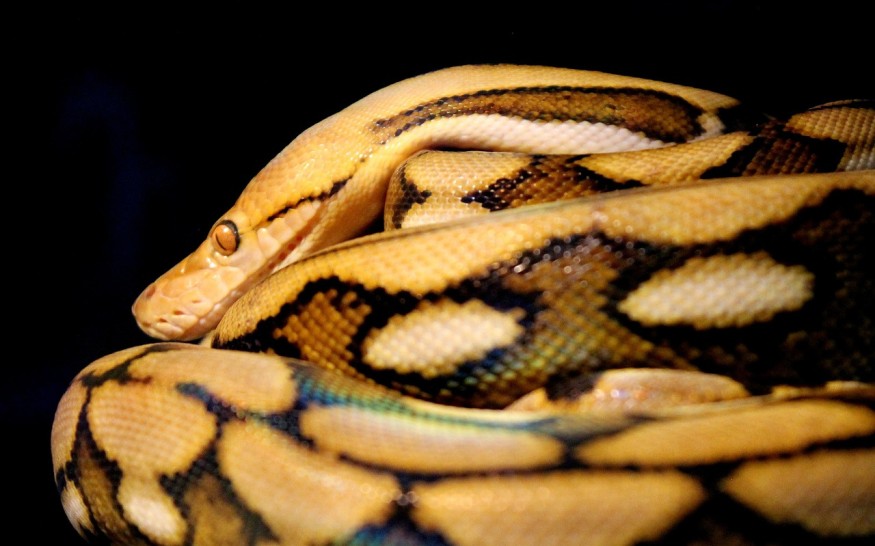A man in Thailand experienced what would just be in everyone's nightmare: a snake in the toilet. As per Newsweek's report, the man was confused when the toilet could not flush and seemed to be clogged by something. Suddenly, a 50-pound python popped its head out of the U-bend, which caused his and the landlord's shock.

Removing the Snake Clogged in the Toilet
Chang Lantanoy from Thailand posted photos of the unexpected guest in his toilet to the "All About Thailand Snakes" Facebook page on March 17, showing the serpent's head coming out of the toilet bowl.
In his caption translated into English, he wrote that the landlord was confused about why the toilet could not be flushed no matter how they tried. But then a snake crawled up.
It seemed that the snake was stuck in the toilet so they tried removing it to release it back to nature. Lantanoy contacted a local rescue team to help them in removing the python from the plumbing pipes where it became wedged. Unfortunately, they could not pull it free so they had to disconnect the pipes and cut it to let the massive snake free.
The pictures he shared on Facebook showed the snake's body blocking the pipe due to its gargantuan size. It was also shown that they measured and weighed the snake, which has a whopping weight of 50.7 pounds.
What Kind of Snake Was It?
According to Herping Thailand, there are three types of pythons in the Southeast Asian country. These are the Burmese pythons, Brongersma's blood pythons, and reticulated pythons. The python Lantanoy found in his toilet was not confirmed, but it strongly resembled a reticulated python based on the photos.
Burmese pythons were mostly smaller than reticulated pythons that can only grow up to 9 feet (3 meters). Meanwhile, Brongersma's blood pythons are considerably smaller than the two snakes but are rarer to find in the wild. It is usually seen in Southern Thailand, like in Kaeng Krachan national park.
Reticulated pythons are considered to be the longest in the world with an average length of 9 to 13 feet (3 to 4 meters) long, although some may grow to more than 6 meters (21 feet).
These snakes are not poisonous; instead, they prey on their victims through constriction, squeezing them to the point of asphyxiation before devouring them whole. The pythons' unique jaws enable them to swallow anything far larger than themselves, with deer, alligators, and even people found within their guts.
What To Do When There Are Snakes in the Bathroom?
Bathrooms are great nesting places for snakes because they are cold and wet. According to Critter Control's website, snakes enter houses through cracks and holes in building foundations or siding. They sometimes get entry through windows or doors that have been left open. Snakes invade houses and travel through vents, ducts, and wall gaps to reach restrooms.
Snakes are capable of swimming vertically, holding their breath for extended periods of time and squeezing through small places, such as toilet drains. They occasionally enter bathrooms through toilets.
Homeowners may take precautions to limit the likelihood of drawing snakes inside. Holes bigger than 1/4 inch on the exterior of a house should be sealed.
Also, it is critical to contact pest control professionals right once whenever snakes are discovered in bathrooms. Snake bites may be fatal, thus people should never try to capture or handle the pests without an expert as they have the skills and equipment to remove the infestation.
RELATED ARTICLE: Bizarre Snake Found in Thailand Has Green Boa Fur Instead Of Scales [Look]
Check out more news and information on Snakes in Science Times.
© 2025 ScienceTimes.com All rights reserved. Do not reproduce without permission. The window to the world of Science Times.












